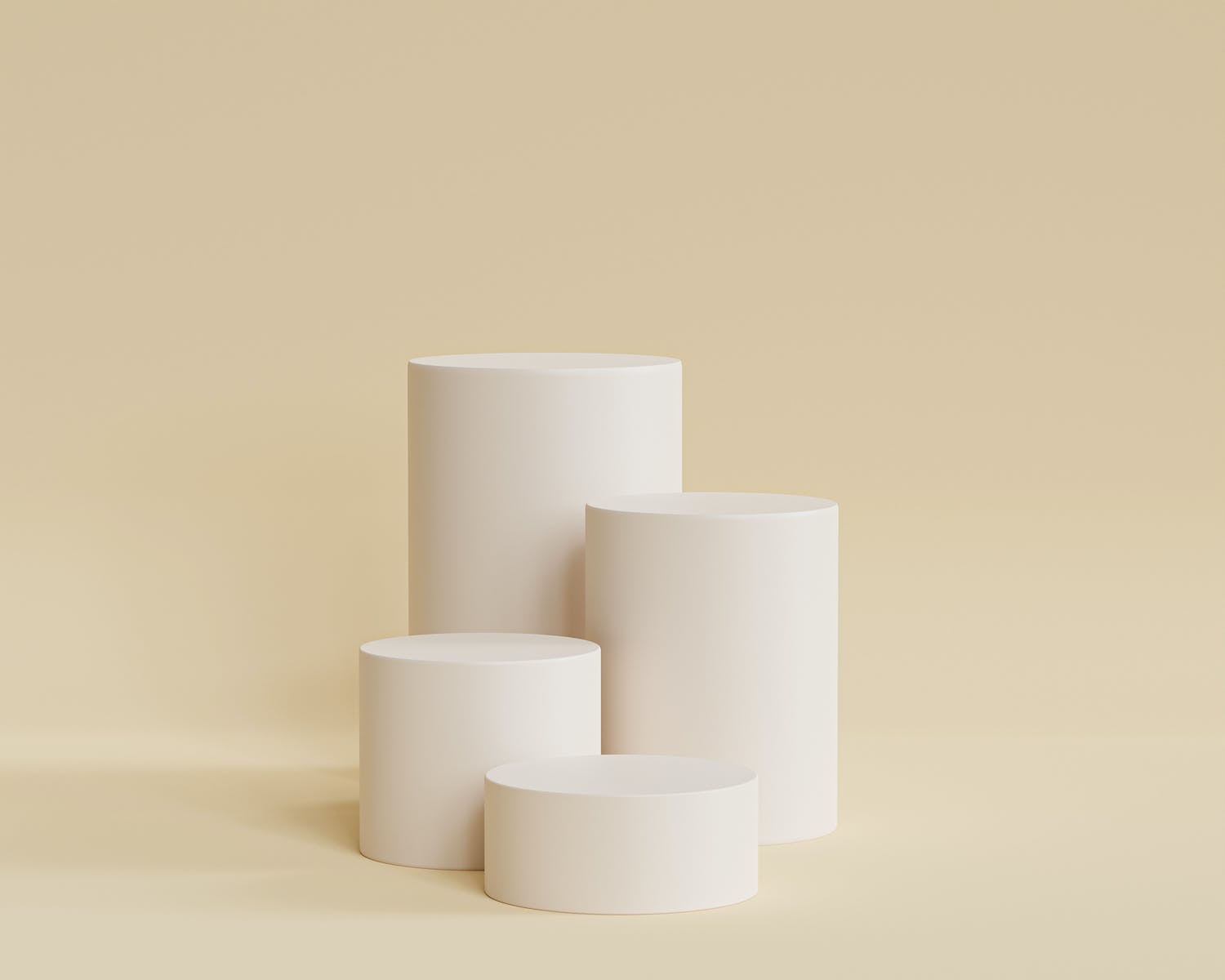How Does Minimalistic Design Enhance UX?
Minimalistic design principles have gained prominence for their ability to create elegant, clutter-free interfaces that prioritize content and functionality. Understanding how minimalism enhances user experience (UX) sheds light on its profound impact on creating intuitive and user-centric digital experiences.
Enhanced Focus on Essential Content
Minimalistic design eliminates unnecessary elements, allowing users to focus solely on essential content. By decluttering interfaces, designers direct users’ attention to key information or actions, reducing cognitive load and enhancing usability.
Streamlined and Intuitive Navigation
Simplicity in design fosters intuitive navigation. Clear and straightforward layouts, with minimal distractions, enable users to navigate interfaces effortlessly, minimizing confusion and ensuring a seamless user journey.
Improved Readability and Clarity
Clean typography and ample whitespace enhance readability and content clarity. Minimalist designs prioritize legible fonts, appropriate spacing, and well-structured layouts, making content consumption easier and more enjoyable for users.
Faster Loading Times and Performance
Minimalistic interfaces tend to have faster loading times and improved performance. By reducing unnecessary design elements, the interface becomes lighter, optimizing load times and providing users with a swift and responsive experience.
Consistency and Visual Harmony
Minimalism promotes visual consistency and harmony across interfaces. Consistent design patterns, color schemes, and simplicity in visual elements create a cohesive and pleasing aesthetic, reinforcing brand identity and recognition.
Increased User Engagement
Simplified designs often lead to increased user engagement. Removing distractions allows users to focus on meaningful interactions, encouraging them to explore content or take desired actions more willingly.
Mobile-Friendly and Responsive Design
Minimalistic design naturally aligns with mobile-friendly and responsive design principles. Simpler layouts and cleaner elements translate well across various screen sizes and devices, ensuring a consistent experience for users.
Focus on User-Centric Functionality
Minimalism places emphasis on user-centric functionality. Design decisions prioritize what users need most, ensuring that features and elements serve a specific purpose, leading to more purposeful interactions.
Aesthetic Elegance and Timelessness
Minimalist designs exude aesthetic elegance and timelessness. Their simplicity and focus on essential elements often transcend trends, maintaining relevance and visual appeal over time.
Psychological Impact on User Satisfaction
Minimalistic interfaces evoke a sense of sophistication and calmness. Their uncluttered nature can evoke positive emotions, contributing to a more satisfying and enjoyable user experience.
Conclusion
In conclusion, minimalistic design principles significantly enhance user experience by fostering focus, simplicity, readability, performance, consistency, engagement, mobile adaptability, functionality, aesthetic appeal, and emotional satisfaction. By embracing minimalism, designers can create interfaces that not only prioritize content and functionality but also resonate deeply with users, resulting in intuitive, elegant, and user-centric digital experiences.
Author








